Artist:
Victor Bailey
Title:
That's Right!
Year Of Release:
20002
Label:
Esc Records[ESC/EFA 03676-2]
Genre:
Jazz, Fusion
Quality:
FLAC (image + .cue,log,scans) | MP3/320 kbps
Total Time: 50:17
Total Size: 324 MB(+3%) | 119 MB(+3%)
WebSite:
Album Preview
Tracklist1. Goose Bumps
2. Knee Deep-One Nation Medley
3. Where's Paco?
4. Joey
5. Nothing But Net
6. Rope-A-Dope
7. Steamy
8. Black on the Bach
9. That's Right!
personnel : Victor Bailey: Bass, Keyboards, Vocals
Omar Hakim: Drums
Lenny White: Drums
Bill Evans: Tenor,Soprano Saxophone
Bennie Maupin: Saxophone, Bass Clarinet
Dean BRown: Guitar
Jim Beard: Keyboards
Very few improvisers would be able to find the jazz potential in two Funkadelic classics, but, in fact, that is among the things that Victor Bailey does on his third album, That's Right! One of the nine tracks on this excellent CD is a medley of "(Not Just) Knee Deep" and "One Nation Under a Groove"; Bailey doesn't approach the late 1970s hits as vocal-oriented p-funk, but rather, as instrumental jazz fusion -- and it works. While those who don't comprehend jazz might prefer to stick to Funkadelic's original versions, fusion heads will understand exactly where the electric bassist is coming from. And they will also find a lot to admire about the album's original material, which ranges from the plaintive "Joey" (a tune that Bailey wrote in memory of a cousin who was killed in a robbery in Philadelphia) to the funky "Goose Bumps" and the clever "Black on the Bach." The latter manages to be influenced by funk and classical at the same time, and Bailey -- much to his credit -- manages to pull this off without sounding silly or pretentious. But then, anyone who is capable of taking two Funkadelic hits and changing them from vocal-oriented p-funk to instrumental fusion obviously knows how to come up with ambitious ideas and make them work. The Funkadelic medley tells you a lot about Bailey. It tells you that although he has a jazz improviser's mentality, he is far from a jazz snob. It tells you that he is someone who, like most fusionists, holds jazz, rock, and funk in equally high regard and realizes that improvisers can learn and benefit from a variety of music. Bailey does exactly that on this 2001 date, which is recommended to anyone who has a taste for meaty, intelligent fusion.~Alex Henderson
Exact Audio Copy V1.3 from 2. September 2016
EAC extraction logfile from 4. April 2020, 18:45
Victor Bailey / That's Right!
Used drive : HL-DT-STDVDRAM GH24NSD5 Adapter: 1 ID: 0
Read mode : Secure
Utilize accurate stream : Yes
Defeat audio cache : Yes
Make use of C2 pointers : No
Read offset correction : 6
Overread into Lead-In and Lead-Out : No
Fill up missing offset samples with silence : Yes
Delete leading and trailing silent blocks : No
Null samples used in CRC calculations : Yes
Used interface : Native Win32 interface for Win NT & 2000
Used output format : User Defined Encoder
Selected bitrate : 768 kBit/s
Quality : High
Add ID3 tag : No
Command line compressor : C:\Program Files (x86)\Exact Audio Copy\Flac\flac.exe
Additional command line options : -8 -V -T "ARTIST=%artist%" -T "TITLE=%title%" -T "ALBUM=%albumtitle%" -T "DATE=%year%" -T "TRACKNUMBER=%tracknr%" -T "TOTALTRACKS=%numtracks%" -T "GENRE=%genre%" -T "ALBUMARTIST=%albumartist%" -T "ALBUM ARTIST=%albumartist%" -T "COMMENT=EAC Secure Mode, Test & Copy, AccurateRip, FLAC -8" %source%
TOC of the extracted CD
Track | Start | Length | Start sector | End sector
---------------------------------------------------------
1 | 0:00.00 | 5:54.63 | 0 | 26612
2 | 5:54.63 | 5:45.36 | 26613 | 52523
3 | 11:40.24 | 4:44.38 | 52524 | 73861
4 | 16:24.62 | 5:15.23 | 73862 | 97509
5 | 21:40.10 | 6:36.30 | 97510 | 127239
6 | 28:16.40 | 4:34.69 | 127240 | 147858
7 | 32:51.34 | 7:58.49 | 147859 | 183757
8 | 40:50.08 | 4:36.63 | 183758 | 204520
9 | 45:26.71 | 4:50.00 | 204521 | 226270
Range status and errors
Selected range
Filename F:\Rips\Victor Bailey - That's Right!.wav
Peak level 99.8 %
Extraction speed 7.3 X
Range quality 100.0 %
Test CRC 173C877D
Copy CRC 173C877D
Copy OK
No errors occurred
AccurateRip summary
Track 1 cannot be verified as accurate (confidence 23) [FD12C3AC], AccurateRip returned [3F89973B] (AR v2)
Track 2 cannot be verified as accurate (confidence 23) [4FE2BC97], AccurateRip returned [ECADA35E] (AR v2)
Track 3 cannot be verified as accurate (confidence 23) [0D5B61BC], AccurateRip returned [C85AFB5C] (AR v2)
Track 4 cannot be verified as accurate (confidence 23) [27722964], AccurateRip returned [2687E180] (AR v2)
Track 5 cannot be verified as accurate (confidence 22) [4A300B84], AccurateRip returned [674BF832] (AR v2)
Track 6 cannot be verified as accurate (confidence 23) [BAB847A3], AccurateRip returned [CACCA6A1] (AR v2)
Track 7 cannot be verified as accurate (confidence 23) [091870B8], AccurateRip returned [FF4B3146] (AR v2)
Track 8 cannot be verified as accurate (confidence 23) [DEF37472], AccurateRip returned [C6E06EF1] (AR v2)
Track 9 cannot be verified as accurate (confidence 23) [841FDFE1], AccurateRip returned [C1CD95DF] (AR v2)
No tracks could be verified as accurate
You may have a different pressing from the one(s) in the database
End of status report
---- CUETools DB Plugin V2.1.6
[CTDB TOCID: Deu8QcwtwfgCwSK5LNl726ndmYQ-] found
Submit result: Deu8QcwtwfgCwSK5LNl726ndmYQ- has been submitted
Track | CTDB Status
1 | (55/56) Accurately ripped
2 | (53/56) Accurately ripped
3 | ( 0/56) No match
4 | ( 0/56) No match
5 | ( 1/56) Accurately ripped
6 | (54/56) Accurately ripped
7 | ( 0/56) No match
8 | ( 2/56) Accurately ripped
9 | (54/56) Accurately ripped
==== Log checksum D18ADF097AFB009FA56E2687A6785FF0B9B6D14D8DECE6795F3018A7A2FD8BAE ====
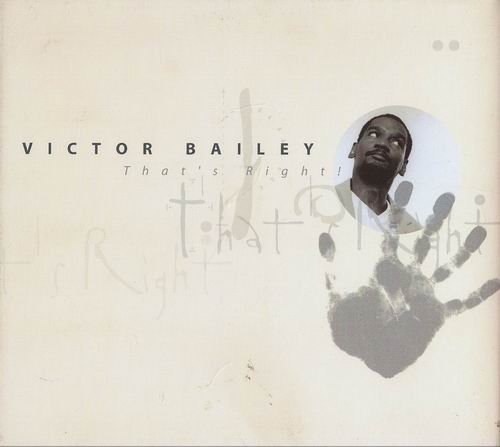
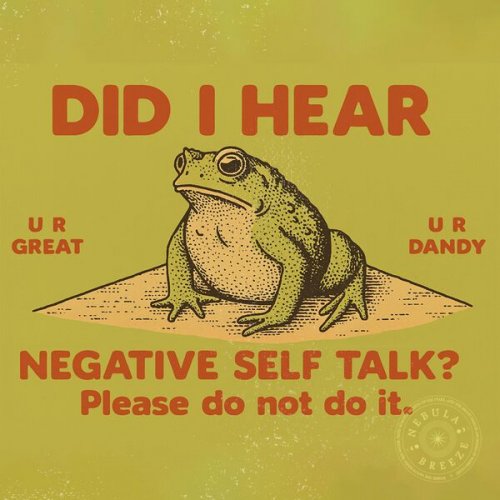
![Milton Man Gogh - Fully Stretched (2025) [Hi-Res] Milton Man Gogh - Fully Stretched (2025) [Hi-Res]](https://www.dibpic.com/uploads/posts/2025-12/1766080588_cover.jpg)
![Noé Sécula - A Sphere Between Other Obsessions (2025) [Hi-Res] Noé Sécula - A Sphere Between Other Obsessions (2025) [Hi-Res]](https://www.dibpic.com/uploads/posts/2025-12/1766108017_sej880ryk23va_600.jpg)
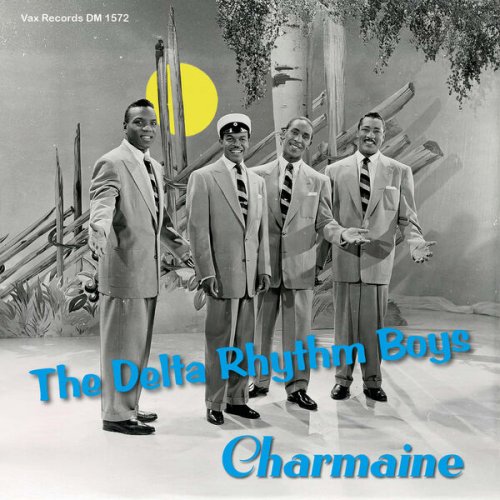
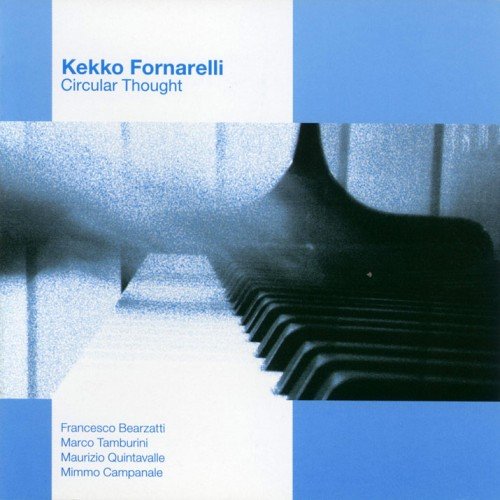
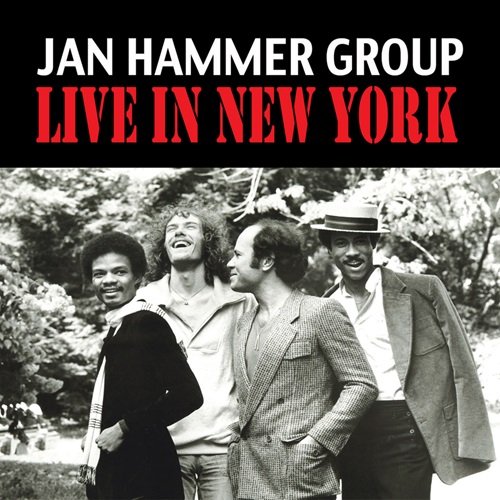
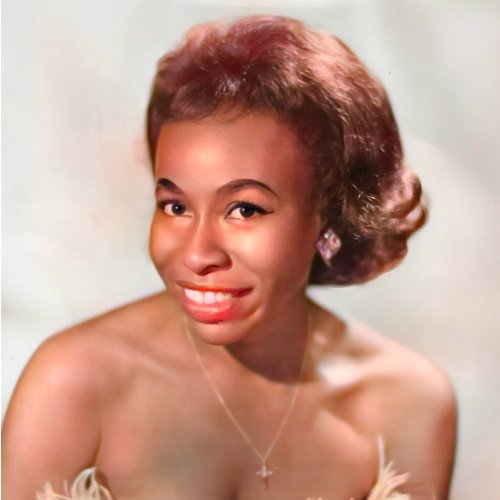

![Tomasz Stańko - Rue de la Tour (Polish Radio Sessions vol. 5/6) (2025) [Hi-Res] Tomasz Stańko - Rue de la Tour (Polish Radio Sessions vol. 5/6) (2025) [Hi-Res]](https://www.dibpic.com/uploads/posts/2025-12/1765796463_cover.jpg)